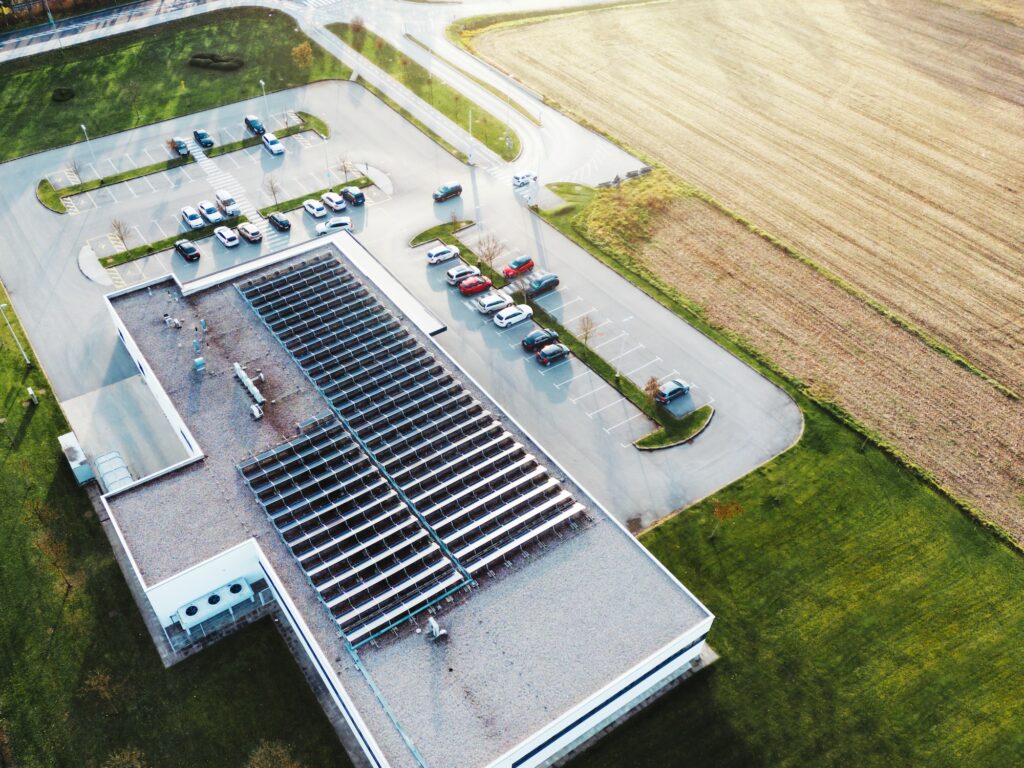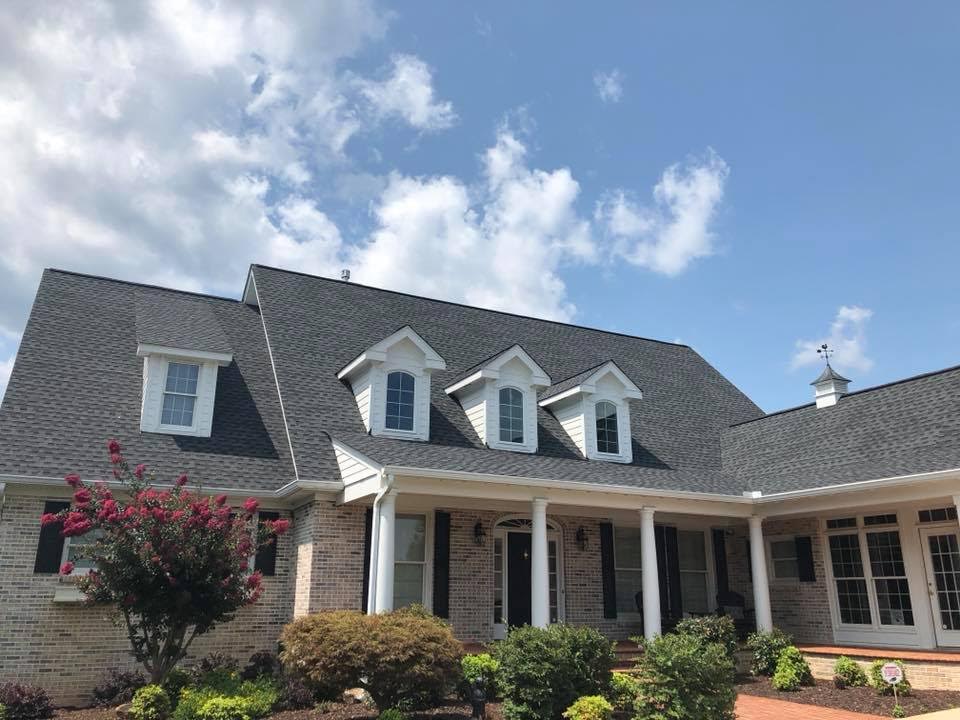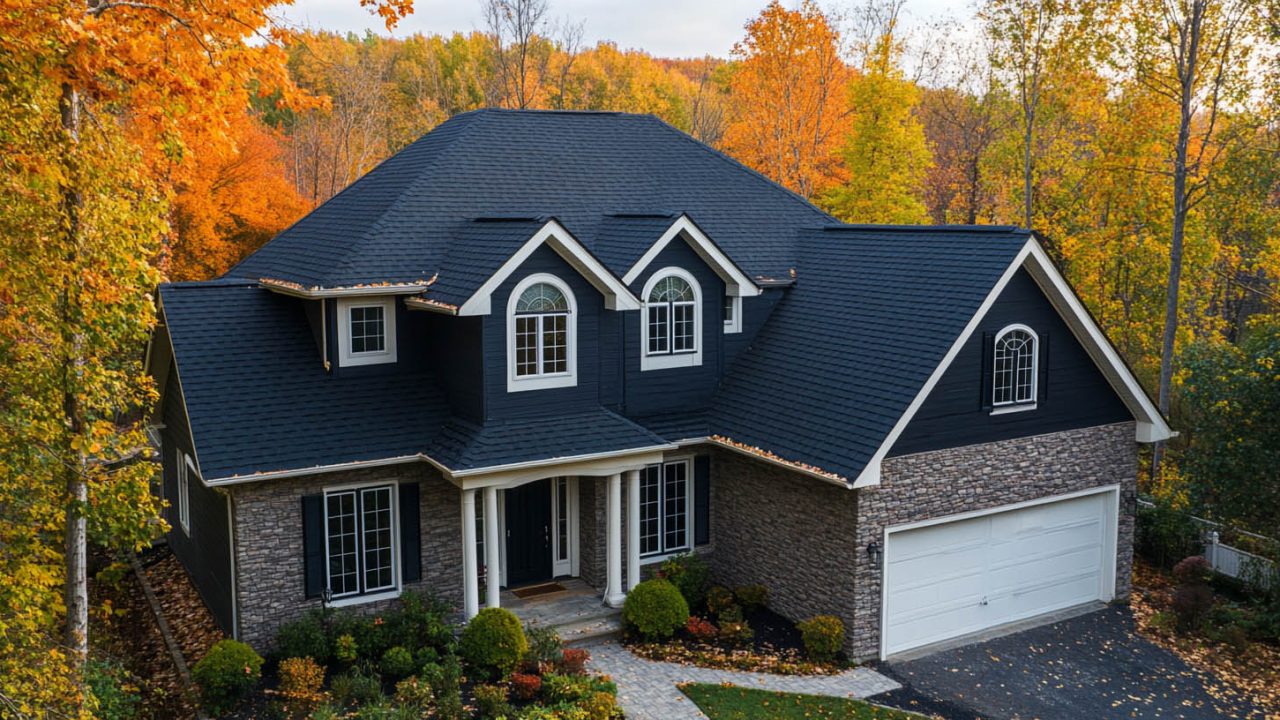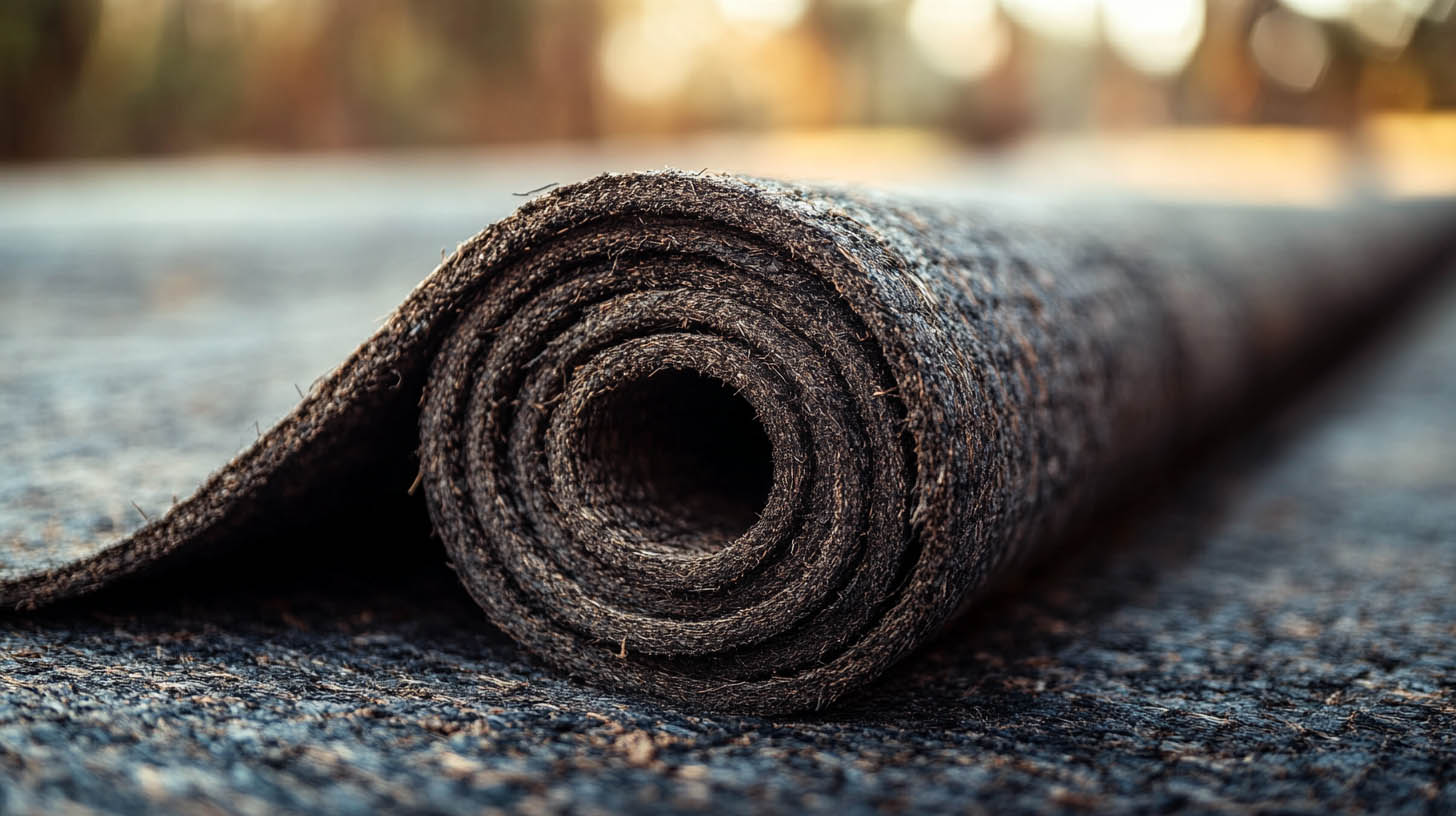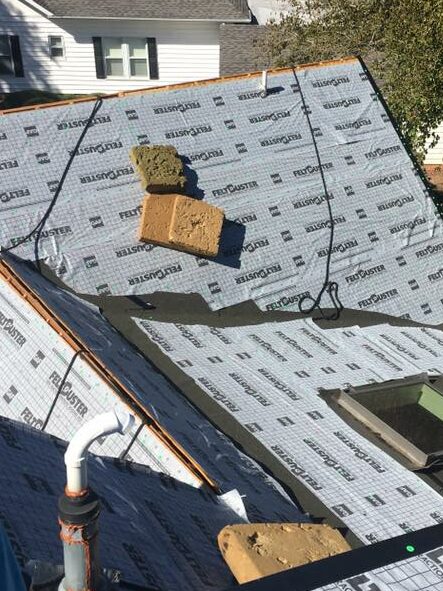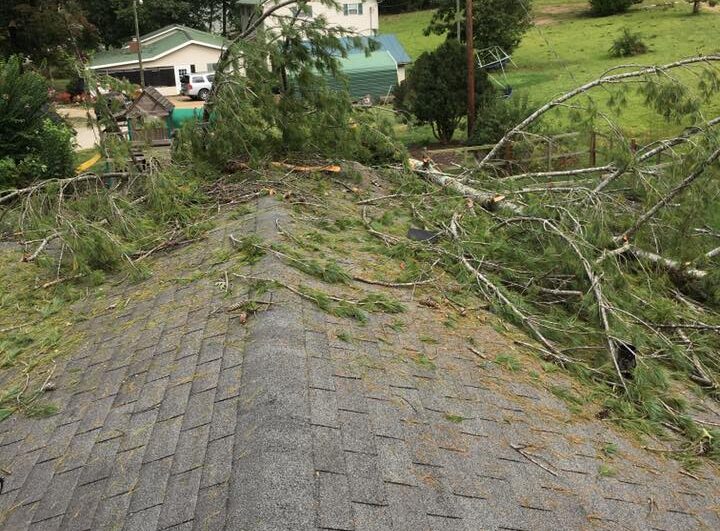Installing a roof is a significant investment, and getting it right the first time is crucial to avoid costly repairs down the line. United Contracting & Roofing LLC in Greenville, SC, ensures high-quality roofing installations and maintenance to help you avoid common pitfalls.
Choosing the Wrong Materials
Understanding Material Suitability
Selecting the right materials for your roof is essential for its performance and longevity. For instance, asphalt shingles are not waterproof and can allow water to pool under them on low slopes, making them less effective in high-moisture areas such as coastal regions.
Impact of Weather Conditions
Consider the local climate when choosing roofing materials. Materials that perform well in one region may not be suitable for another. For example, areas with heavy rainfall and strong winds require durable, moisture-resistant materials.
Failing to Consider the Winter Climate
Ice Dams and Their Impact
In regions with harsh winters, it’s vital to ensure your roof handles ice dams. Ice dams form when melting snow refreezes at the roof edge, causing water to back up and seep under the shingles. This can lead to significant water damage and structural issues, including rotting wood, mold growth, and compromised insulation. Proper insulation and ventilation are crucial in preventing ice dams, as they help maintain a consistent roof temperature.
Additionally, installing ice and water shields along the roof edges and valleys can provide an extra layer of protection against water infiltration, safeguarding your home from potential winter-related damage.
Preventative Measures
Proper insulation and ventilation can prevent ice dams. Ensure that your attic space is well-insulated and that there is adequate ventilation to allow warm air to escape, thereby reducing the likelihood of ice dams forming. This includes installing soffit vents, ridge vents, and proper attic insulation to maintain a consistent temperature, which helps prevent the snow from melting unevenly and refreezing at the roof’s edge.
Covering Worn Shingles Instead of Replacing Them
Risks of Overlaying Shingles
Placing new shingles over old, worn ones can create pockets for moisture and dirt to accumulate, accelerating deterioration. This practice can lead to more severe issues and compromises the roof’s integrity.
Proper Replacement Practices
Remove old shingles and inspect the underlying structure before installing new ones. This ensures that any damage is addressed, and the new shingles are installed on a solid, clean surface.
Poor Shingle Alignment
Importance of Proper Alignment
Proper shingle alignment is critical for effective roof protection. Misaligned shingles create gaps and cracks that allow water to seep through, leading to leaks and potential damage to the underlying structure. Ensuring that shingles are precisely aligned and overlapped correctly prevents these issues, providing a robust barrier against moisture and enhancing the roof’s durability and performance. This meticulous attention to detail helps maintain the roof’s integrity, prolongs its lifespan, and protects your home from costly water damage and repairs.
Ensuring Accurate Installation
Ensure that shingles are installed correctly, with consistent alignment and proper overlapping to create a seamless and effective barrier against the elements. Proper installation techniques not only enhance the roof’s overall appearance, giving it a neat and professional look, but also significantly improve its protective capabilities. This ensures better resistance to water infiltration, wind damage, and other environmental factors, ultimately extending the lifespan of your roof and maintaining the integrity of your home.
Conclusion
Avoiding these common roofing mistakes can save you from costly repairs and extend the lifespan of your roof. Regular maintenance and proper installation practices are essential for ensuring the roof’s integrity and performance. United Contracting & Roofing LLC offers expert roofing services to help you achieve a durable, reliable roof.For more information on Common Causes of Commercial Roof Damage, click here.

